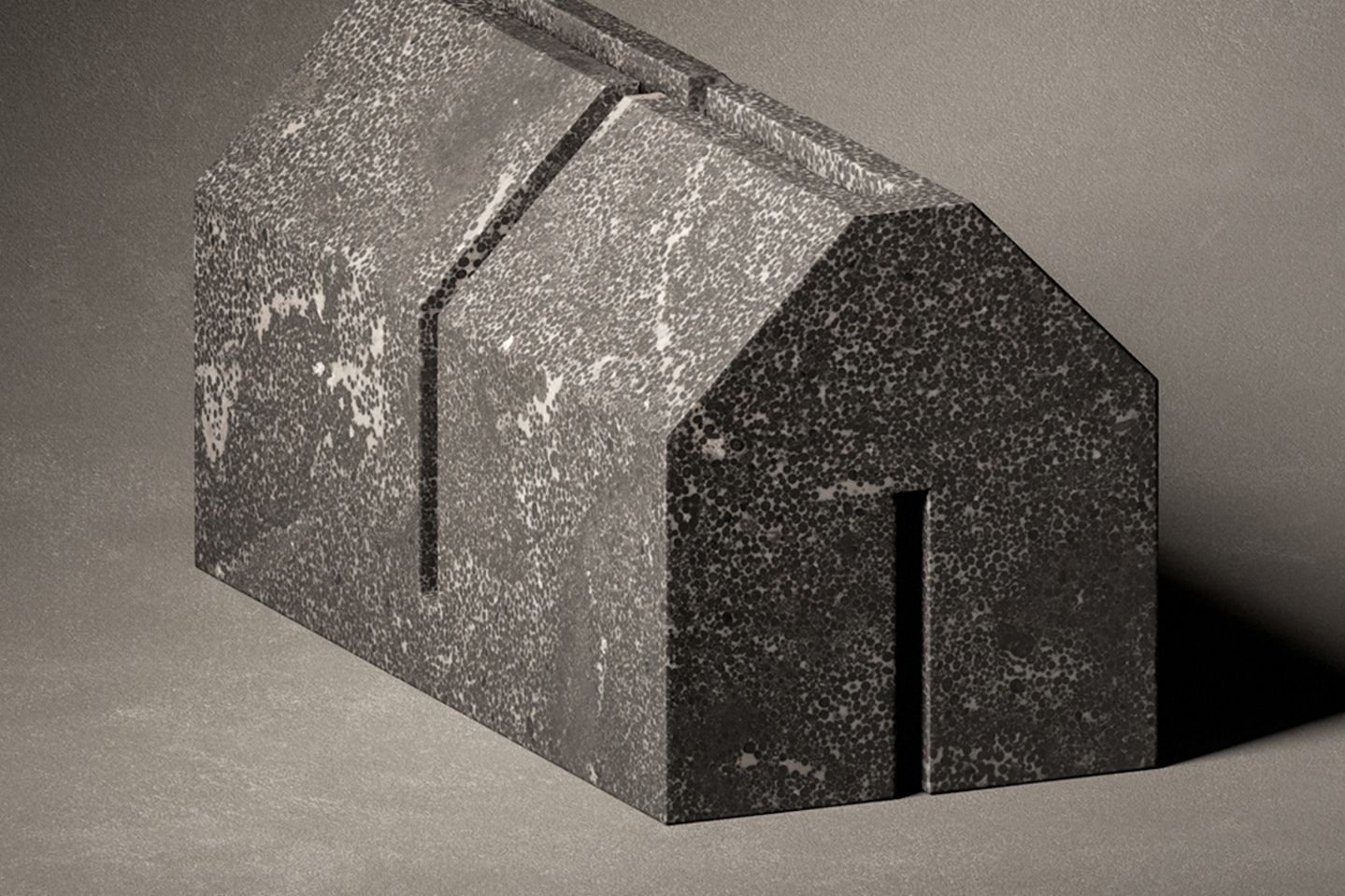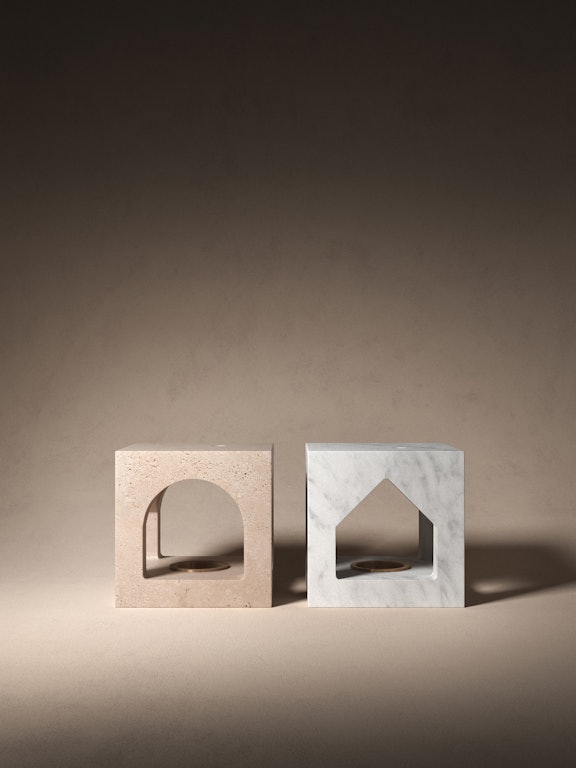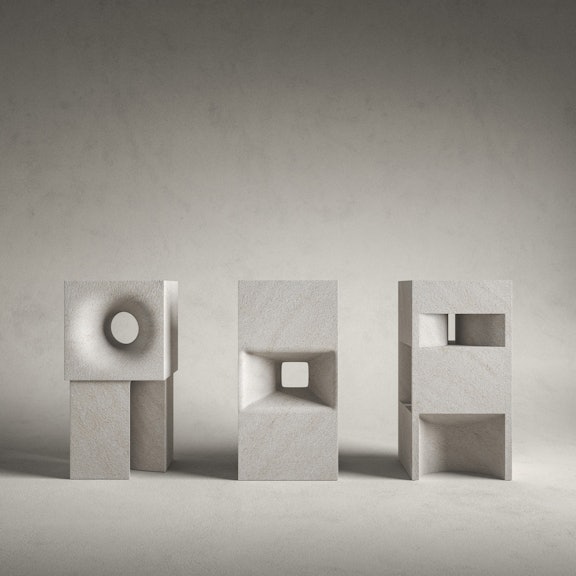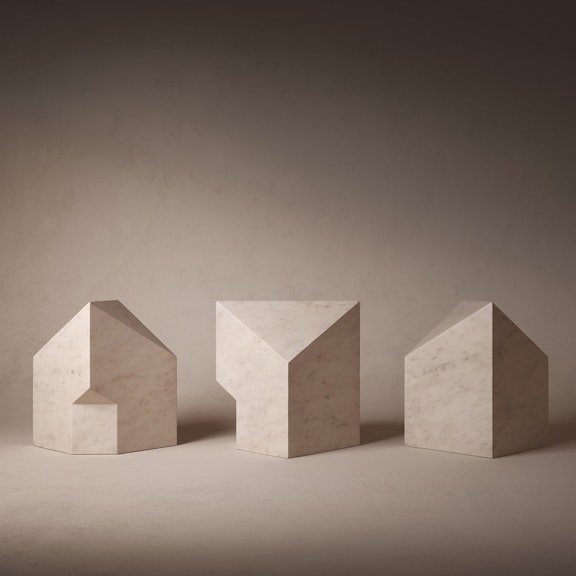The Village Collection by Salvatori: An interview with John Pawson
03.2022
Discover John Pawson’s thoughts on The Village, an exploration of the modern concept of home, expressed through miniature sculptures
We talk with John Pawson about The Village
Design does not only mean creating beautiful objects but creating objects that communicate a message or philosophy beyond that of their outward appearance. It entails observing reality and giving it a new form, thus exposing its true essence.
The year 2020 completely changed the way we looked at the world around us. Time seemed to stop and within just a few weeks the entire planet found itself in pause mode**. The frenetic pace of daily life gave way to slower, more meaningful rhythms**, provoking us, either consciously or subconsciously, to re-evaluate the meaning of a term we had perhaps previously used in an offhand way. That term was “home”.
The four walls that surrounded us ceased to be thought of merely as a practical structure that we passed in and out of. Instead, we began to understand that they provided a haven and an extension of who we are.
This realisation was the spark for The Village, a collection of diminutive stone sculptures by renowned artists from all over the world. We invited each of them to express their own personal concept of home and the result is a fascinating series of miniature houses, as eclectic and various as a modern global village, yet all linked by a common theme.
In 2010 we worked with John Pawson on The House of Stone, a full-size installation for the Milan Design Fair, so it was of course natural that he should be a part of this project that once again has home at its heart.
We talk to the British father of minimalist architecture not only about his contribution to The Village but also the guiding principles behind his work in general.
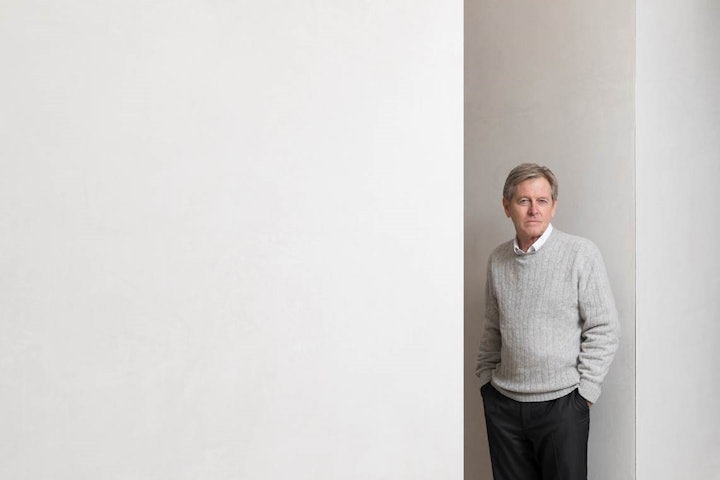
How do you see design within the context of natural stone?
My preference has always been to work with natural materials. I like the fact that even in the purest, plainest stone surface, there will always be tiny variations of colour and pattern. It is this subtle liveliness, in conjunction with for the capacity for stone to be used seamlessly, without the need for distracting junctions, which makes it a resource with infinite possibilities, in terms of my work.
Speaking about The Village, in your view, how is design linked to our special places, those places we hold dear to our hearts?
When I set out to design a building, my aim is to create spaces where people will feel comfortable and at home, whether that building is destined for use as a church, a factory, a store or a dwelling. In this sense, all architecture concerns places of the heart.
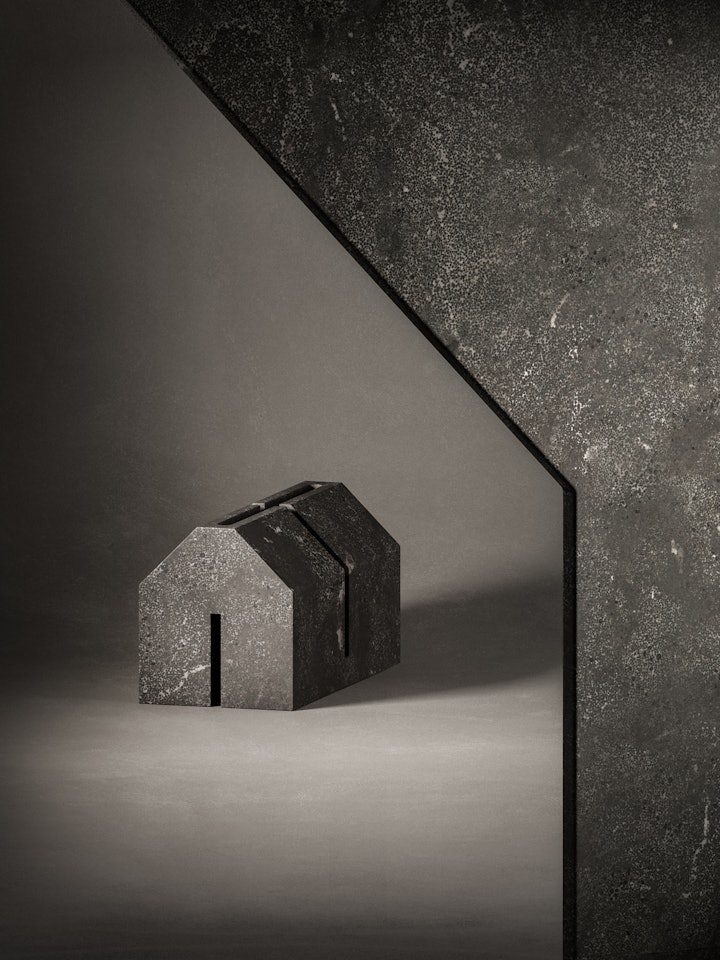
What principles guided you in designing your sculpture for The Village?
For my contribution to The Village, I wanted to create a volume that is both absolutely simple and deeply evocative. House of Stone is an archetypal form in miniature, stripped of every extraneous detail. Over the past year, many of us have spent unusual amounts of time at home. The object I have made is an expression of the iconography of home taught to us in childhood – or at least one version of it.
How important is functionality in design for you?
Without functionality, design is merely decorative. When I talk about paring away, I am thinking about refining spaces and surfaces through a considered process of removal, but also about strengthening the way in which a place will work through a narrative of simplification.
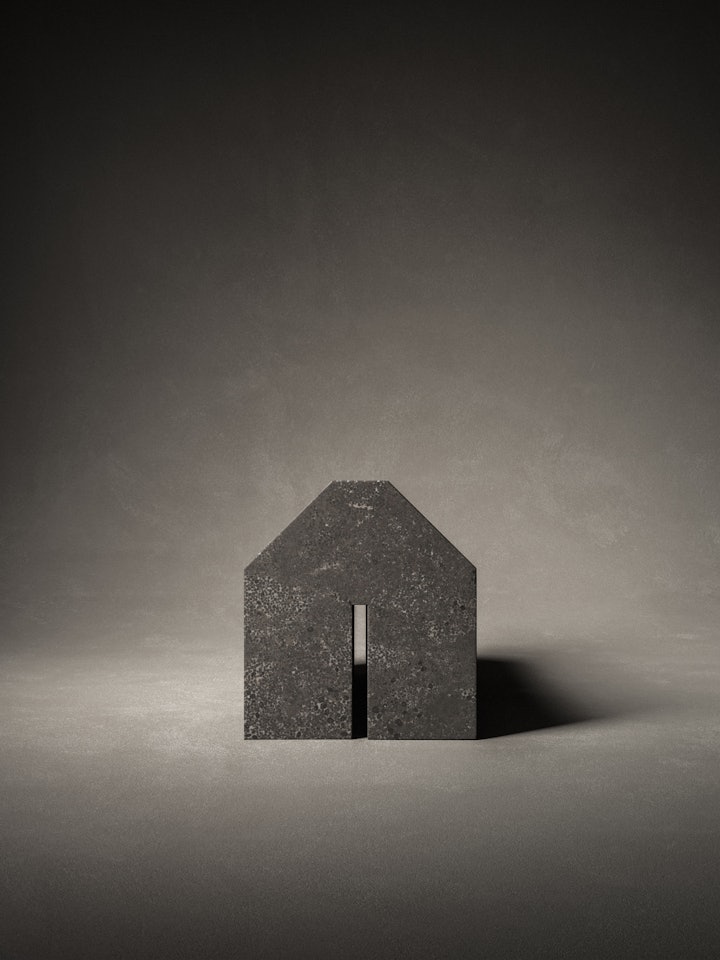
How do you see the role and contribution of sustainability in the future of design?
I am constantly conscious of the environmental responsibilities that come with architectural practice, both in terms of the way a building runs, and also in terms of the materials used in its construction.
How did you find the experience of working with Salvatori?
When I first met Gabriele, in 2009, I was immediately struck by his willingness to push the possibilities. Each subsequent collaboration has reinforced this impression.
What name did you give to your contribution and why?
Following my preference to keep things simple, the work is named House of Stone.
What stone did you use for your piece and why?
The sculptures will be fabricated from Pietra d’Avola, which I chose for its beautiful brown tones and subtle patterning.
The Village is part of our ongoing commitment to developing products that go beyond aesthetics, creating designer accessories that blend innovative technology with Made in Italy craftsmanship and quality to make your home a truly special haven.
